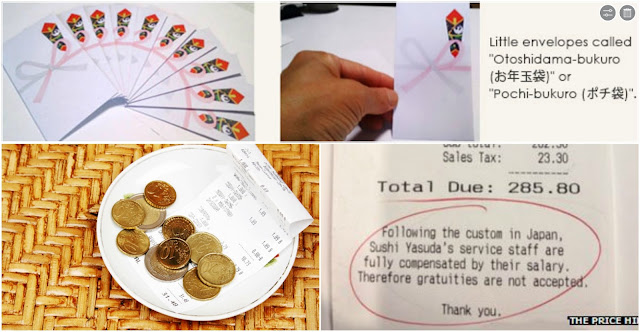You may be familiar with the
almighty emperor watching over Japan, being regarded as the highest power of
authority there is – and that his word is the only word. Let me introduce you
to the current emperor – Emperor Akihito! He’s regarded as a symbol of strength
and peace for the country and of unity of its citizens. Born on the 23rd
of December, one day before Christmas Eve the date is set as national holiday. The
Japanese word for Emperor is Tennou (天皇)
meaning a great king come from heaven. Once upon a time, China was so strong
that Japan was about to be taken over especially about cultural disputes. However,
the emperor at that time dared to be called Tennou, such a name that sounds
like ‘superior’ to Chinese king. Then, the Chinese king got angry but luckily
they didn’t attack Japan because they didn’t have spare resources as they were
fighting against Korea. Since that moment, Japan has developed its uniqueness
which are different from China. Historical dilemmas aside, what does Emperor
Akihito do?

Firstly, his humble demeanour resulted in him marrying a commoner – and at one stage vowed to consider lifting the rule in which only males could be heir to the throne. Common misconceptions of the role he plays can include the execution of political decisions however practically the prime minister does that duty. The Japanese government always respects and adheres to his word but is independent of royal family. Rather, Emperor Akihito is humanitarian whilst he prays for peace of Japan and happiness of citizens every day. He occasionally conducts diplomatic activities to keep peaceful relationship with other countries. Japan has not engaged in war since World WarⅡ, thanks to this duty. He is indeed at the top position of Japan and as such – you may recall from our bowing post - even American president, Barrack Obama bows at 45 degrees (Saikeirei) toward him; even if he did end up in handshake bow!
For a more detailed
understanding on this topic and check out these links:
- http://web-japan.org/kidsweb/explore/imperial/q1.html
- http://www.biography.com/people/akihito-9178272
- http://www.japan-guide.com/e/e2135.html












































